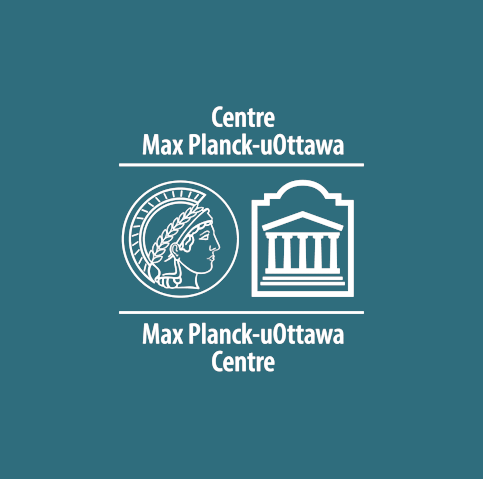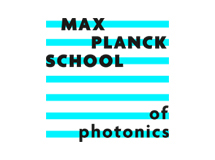Welcome to the Theory Division at the Max Planck Institute for the Science of Light
Quantum Science and Technology in the Max Planck Society: Click here for more information!
We are part of the following research networks:
Contact
For all general inquiries, please contact us at:
Marquardt Division
Max Planck Institute for the Science of Light
Staudtstr. 2
D-91058 Erlangen, Germany
florian.marquardt@mpl.mpg.de
gesine.murphy@mpl.mpg.de
Tel: +49-9131-7133-401
Fax: +49-9131-7133-409
The Max Planck Institute is located right next to the Science Campus of the Friedrich-Alexander-University Erlangen-Nuremberg, on its northern edge. See the information page on how to find us.



















